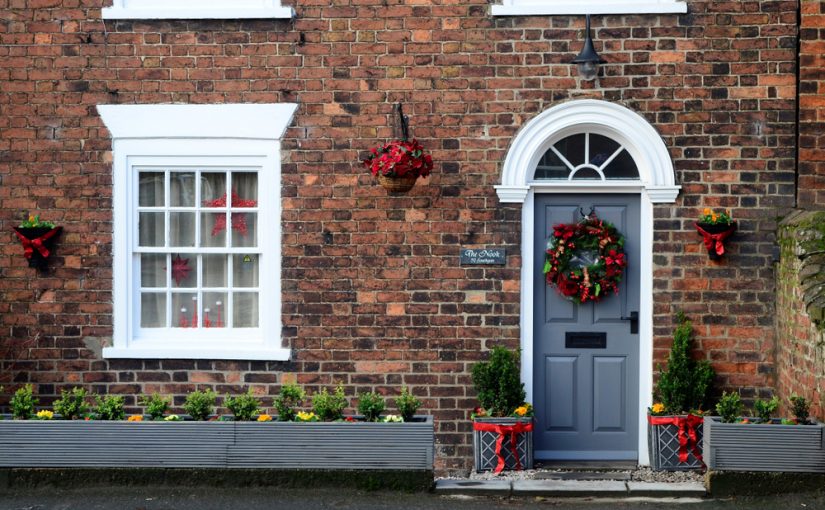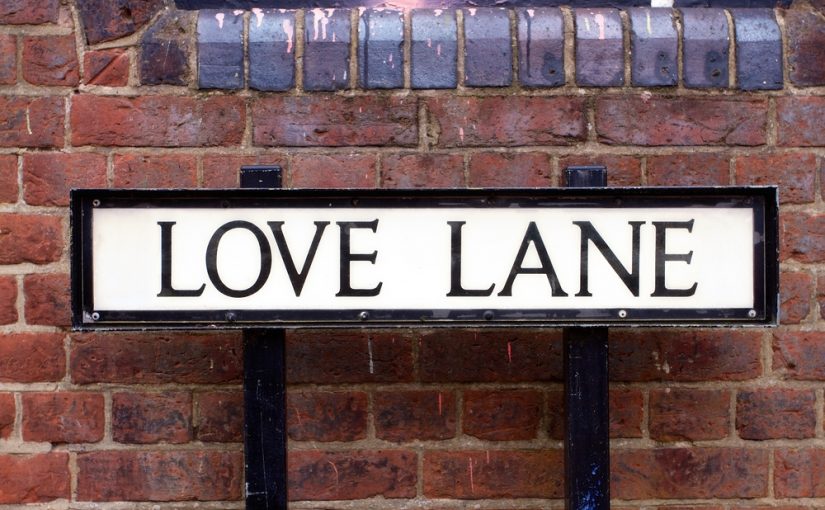There are some things that the British public simply cannot believe at this time of year; how cold it is, how dark it is and, above all, that it’s nearly Christmas. Nevertheless, Christmas is indeed upon us and if you are selling your home, or thinking of selling your home, you may be under the impression that it’s not the optimum time to bag a sale. Our top tips to sell your home at Christmas will show you that not only is it possible to sell your home during the festive season, it is a doddle.
Picture perfect
The average time that a buyer takes to look at a picture on a property advert is three seconds, so having the perfect image is essential in your quest to sell your home – especially at Christmas. When having your home photographed, it is important to think about the staging; ask yourself whether the clutter around your home has been put away, can you remove some of your personal items in order to create more space or give everything one last polish? Once you’ve ticked off those basics, think about the Christmas factor – do not include heavily decorated rooms in your photographs as they will detract from the space and may age your property if your home remains on the market into January.
Keep the pine in line
Of course, at this time of year the Christmas tree has taken its place in our living rooms and other communal spaces, but make sure that the tree isn’t dwarfing the space it is in. We can all get carried away with the festivities, but this may not be the year to get the 7-foot Nordic spruce of your dreams – in the same way that cramming a king-size bed in to a single room will make the room appear cramped, an over-sized tree will also make your room seem smaller than it is. Buyers like to imagine their own furniture in potential new homes, so allow them the space to do so.
Serious offers only
Although some may suggest that Christmas is a difficult time to attract buyers to your home, what the period does provide is serious buyers. You can make the most of the serious buyers in December by ensuring that you see each property viewing as the optimum chance to sell – making sure that your home is in pristine shape and you are welcome and positive about the property and the area. Potential buyers can glean an image of what it may be like to live in the area from their interactions with you as the homeowner, so ensure that you are up-to-date about local schools and solely positive when they ask you any questions. Similarly, being flexible may bag your buyer as an accommodating vendor, who allows for viewings at irregular hours, for example, could help clinch that crucial sale.
Preparation is key
Being organised could be the key to securing your Christmas sale. Make sure that your fixture and fittings list is put together, you have the legally required energy performance certificate and, if you have had work completed on the house, make sure you have the relevant consents. Solicitors can be the make-and-break in a sale scenario, with a slow solicitor frustrating both buyer and seller, so take recommendations from your estate agent and have an efficient solicitor all lined up, ready for a sale.
Being in a new home by the New Year can seem to be an impossible task, however by showing restraint with your festive decorations, and taking the appropriate steps to be prepared and organised you can certainly sell your home this Christmas and start your 2019 with the perfect gift – a new home.
Group Office Owner Jim Parker said, “You’re as busy or as quiet as you want to be. The overall demand for buying a property is still evident. It, however, takes a longer time to sell due to restrictions on viewers availability as it gets darker quicker and not everyone can view during the day, so it has to be weekends. Therefore, we feel it is so important that we still provide this valuable service to our customers to ensure we do viewings when needed and not your typical viewing person that has no prior experience and can only suggest that you call the office on Monday to get the answer to your important questions.”
To book an initial consultation on selling your home with one of our specialist agents please tap the link:










